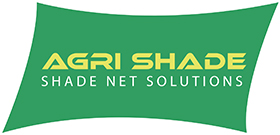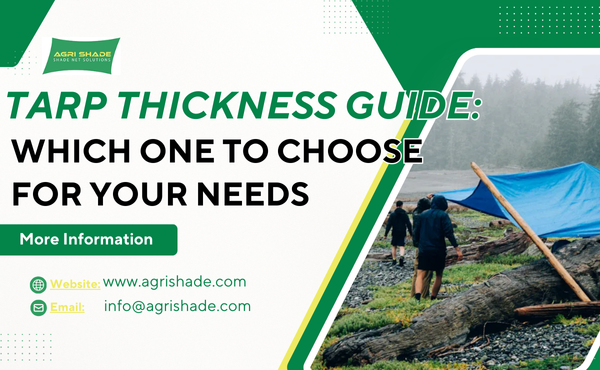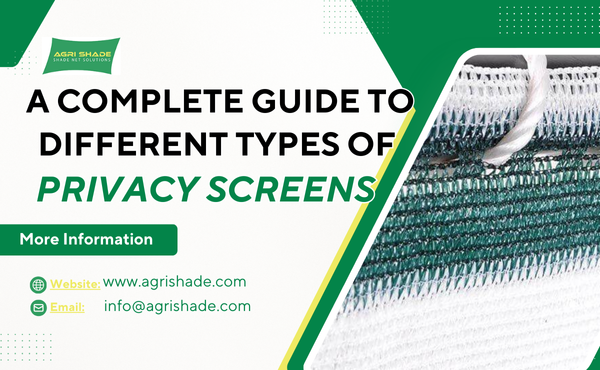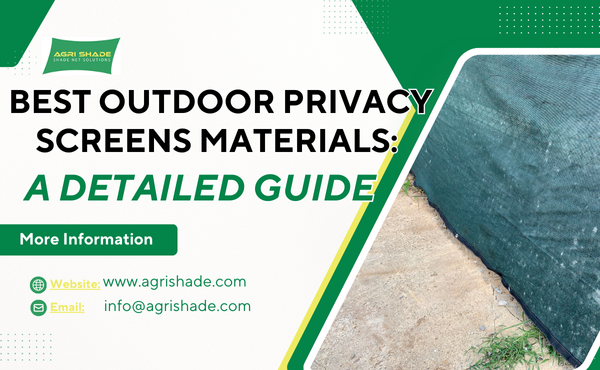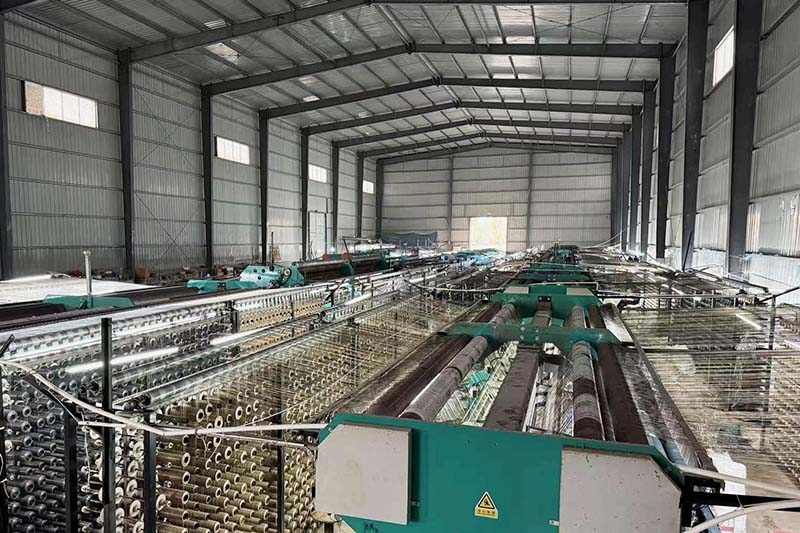Choosing the right outdoor shade cloth material can be challenging with so many options on the market. Each material—HDPE, polyester, PVC-coated fabric, and more—offers different levels of UV protection, durability, breathability, and weather resistance.
In this guide, you’ll learn how each type of shade cloth performs and which one suits your space best. Whether you’re covering a greenhouse, patio, carport, or commercial area, this comparison will help you make an informed decision.
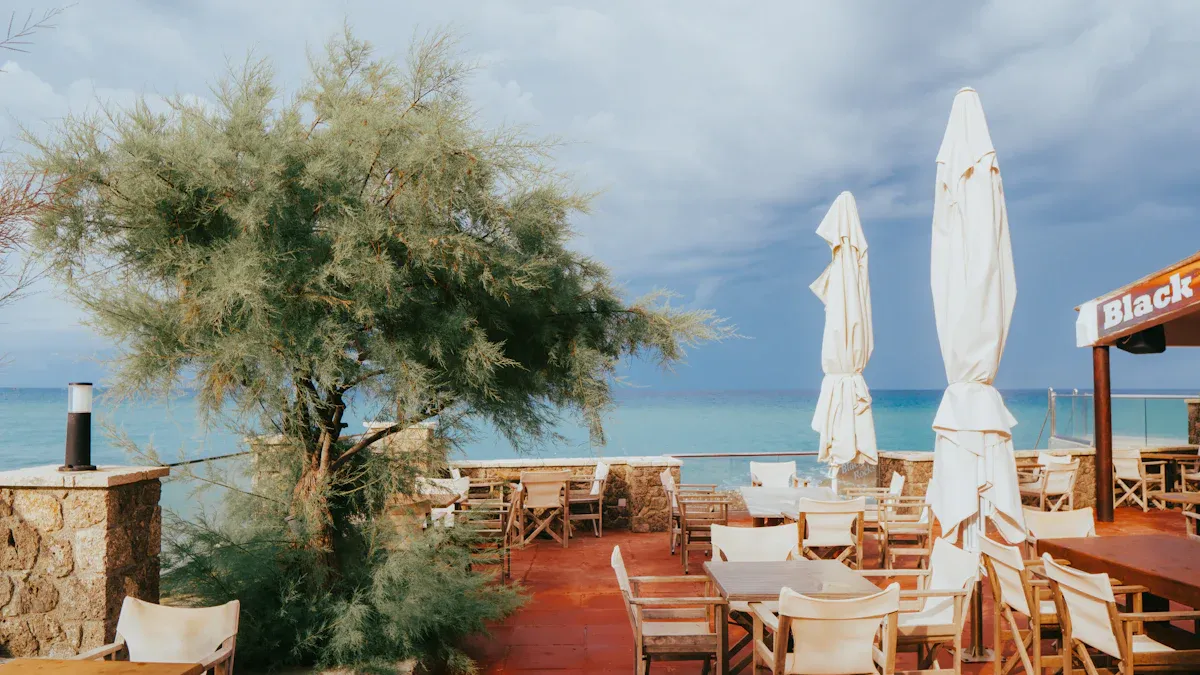
Types of Outdoor Shade Cloth Materials
HDPE
High-density polyethylene, or HDPE, is the most popular outdoor shade cloth material. HDPE shade cloth uses a knitted or woven structure. This material blocks strong sunlight and offers high UV protection. HDPE shade netting resists mold and mildew. It does not absorb water, so it dries quickly after rain. Many gardeners choose HDPE for greenhouses and gardens.
Main Features:
- High UV protection (up to 98%)
- Breathable and lightweight
- Resists fading and tearing
Pros:
- Long lifespan outdoors
- Easy to install and cut
- Good airflow for plants
Cons:
- May stretch over time
- Not fully waterproof
Best Uses:
HDPE shade cloth works well for gardens, patios, and greenhouses. People also use it for carports and animal shelters.
Polypropylene
Polypropylene shade cloth offers a budget-friendly option. This shade netting feels lightweight and flexible. Polypropylene blocks sunlight but may not last as long as other materials. It can break down faster under strong UV rays.
Main Features:
- Moderate UV protection
- Lightweight and flexible
- Available in many colors
Pros:
- Low cost
- Easy to handle
- Good for temporary shade
Cons:
- Lower durability
- Can become brittle in sun
Best Uses:
Polypropylene shade netting suits short-term events, seasonal gardens, or temporary shade structures.
Polyester
Polyester shade cloth stands out for its strength and color options. This shade fabric resists stretching and shrinking. Polyester blocks sunlight well and holds up in windy areas. Some polyester shade netting comes with UV-resistant coatings.
Main Features:
- Strong and stable
- Good UV protection
- Holds color well
Pros:
- Durable in harsh weather
- Keeps shape over time
- Easy to clean
Cons:
- Less breathable than HDPE
- Can cost more
Best Uses:
Polyester shade netting fits patios, decks, and commercial spaces. It also works for outdoor seating areas.
PVC-Coated Fabrics
PVC-coated shade cloth uses a polyester base with a plastic coating. This shade fabric blocks sunlight and repels water. PVC-coated shade netting stands up to heavy rain and wind. It feels heavier than other types.
Main Features:
- High water resistance
- Strong UV blocking
- Heavy-duty construction
Pros:
- Waterproof
- Easy to wipe clean
- Very durable
Cons:
- Less breathable
- Heavier and harder to install
Best Uses:
PVC-coated shade net works well for carports, pergolas, and commercial shade structures.
Vinyl Mesh
Vinyl mesh shade cloth combines vinyl and polyester fibers. This shade netting offers strong UV protection and good airflow. Vinyl mesh resists mold and mildew. It does not fade easily in the sun.
Main Features:
- Good UV protection
- Breathable mesh design
- Mold and mildew resistant
Pros:
- Long-lasting color
- Allows air and water to pass
- Easy to maintain
Cons:
- Can be more expensive
- Not fully waterproof
Best Uses:
Vinyl mesh shade netting fits patios, pool areas, and playgrounds. It also works for privacy screens.
Acrylic
Acrylic shade cloth stands out for its rich color and soft feel. This shade fabric resists fading and mildew. Acrylic blocks sunlight and keeps its shape well. It often appears in canvas shade cloth and awnings.
Main Features:
- Excellent color retention
- Soft and flexible
- Good UV protection
Pros:
- Stylish appearance
- Resists mold and stains
- Comfortable underfoot
Cons:
- Higher cost
- Less durable in strong winds
Best Uses:
Acrylic shade netting works for awnings, canvas shade cloth, and outdoor umbrellas. It suits patios and decks where style matters.
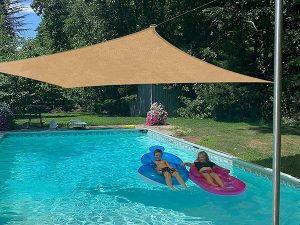
Outdoor Shade Cloth Material Comparison Table
Feature Ratings
The table below helps buyers compare each outdoor shade cloth material. Each feature uses a star rating system. More stars mean better performance for that feature. Buyers can use this table to find the best shade cloth for their needs.
| Material | UV Protection | Durability | Breathability | Water Resistance | Maintenance | Best Use Cases |
|---|---|---|---|---|---|---|
| HDPE | ⭐⭐⭐⭐⭐ | ⭐⭐⭐⭐ | ⭐⭐⭐⭐⭐ | ⭐⭐ | ⭐⭐⭐⭐ | Gardens, Greenhouses |
| Polypropylene | ⭐⭐⭐ | ⭐⭐ | ⭐⭐⭐⭐ | ⭐⭐ | ⭐⭐⭐ | Temporary Shade |
| Polyester | ⭐⭐⭐⭐ | ⭐⭐⭐⭐ | ⭐⭐⭐ | ⭐⭐⭐ | ⭐⭐⭐⭐ | Patios, Decks |
| PVC-Coated | ⭐⭐⭐⭐⭐ | ⭐⭐⭐⭐⭐ | ⭐⭐ | ⭐⭐⭐⭐⭐ | ⭐⭐⭐⭐ | Carports, Commercial |
| Vinyl Mesh | ⭐⭐⭐⭐ | ⭐⭐⭐⭐ | ⭐⭐⭐⭐ | ⭐⭐⭐ | ⭐⭐⭐⭐ | Pools, Playgrounds |
| Acrylic | ⭐⭐⭐⭐ | ⭐⭐⭐ | ⭐⭐⭐ | ⭐⭐⭐ | ⭐⭐⭐⭐ | Awnings, Canvas Shade |
Quick Reference
- ⭐ = Basic performance
- ⭐⭐ = Fair performance
- ⭐⭐⭐ = Good performance
- ⭐⭐⭐⭐ = Very good performance
- ⭐⭐⭐⭐⭐ = Excellent performance
What to Consider When Choosing Outdoor Shade Cloth
UV Protection
UV protection stands as the most important factor for many buyers. Shade cloth blocks harmful rays from the sun. High UV protection keeps people, plants, and vehicles safe. Different shade cloth types offer different levels of UV blocking. Some shade cloth can block up to 98% of UV rays. Buyers should check the UV rating before choosing shade cloth for their space.
Durability
Durability measures how long shade cloth lasts outdoors. Sun, wind, and rain can wear down shade cloth over time. Some outdoor shade cloth material resists tearing and fading better than others. Woven shade cloth often lasts longer than knitted types. Buyers should look for strong edges and reinforced corners. Durable shade cloth saves money in the long run.
- Strong shade cloth stands up to harsh weather.
- Durable shade cloth material works well for permanent installations.
Breathability
Breathability shows how much air passes through shade cloth. Good airflow keeps spaces cooler under the shade. Breathable shade cloth helps prevent heat buildup. Plants under shade cloth need air to grow well. Some shade fabric allows more wind to pass through, which helps reduce the risk of mold.
- Breathable shade cloth works best for gardens and greenhouses.
- Less breathable shade cloth may trap heat.
Water Resistance
Water resistance tells if shade cloth can handle rain and moisture. Some shade cloth repels water, while others let it pass through. Water-resistant shade cloth protects patios and decks from light rain. In gardens, shade cloth that lets water through helps plants get moisture. Buyers should match water resistance to their climate and use.
Maintenance
Maintenance means how easy it is to clean and care for shade cloth. Some shade cloth needs only a quick rinse with water. Others may need scrubbing to remove dirt or mold. Outdoor shade cloth material that resists stains and mildew saves time. Buyers should check if the shade cloth can be removed easily for cleaning.
- Low-maintenance shade cloth works well for busy spaces.
- Easy-to-clean shade fabric lasts longer and looks better.
Cost
Cost affects which shade cloth buyers choose. Prices vary by shade cloth material, size, and features. Some shade cloth costs more because it offers higher UV protection or lasts longer. Budget-friendly shade cloth may need replacing sooner. Buyers should balance cost with quality and the needs of their space.
- Higher-priced shade cloth often gives better performance.
- Cheaper shade cloth may work for short-term or seasonal use.
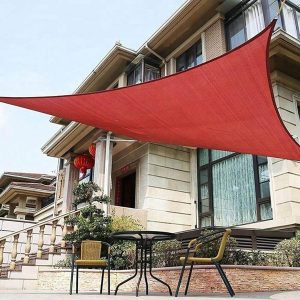
Matching Ourdoor Shade Cloth to Your Needs
Gardens and Greenhouses
HDPE shade cloth works best for most gardens and greenhouses. This material offers high UV protection and strong breathability. Gardeners often choose greenhouse shade cloth made from HDPE because it allows air to move while blocking harsh sunlight.
Plants grow better under shade netting that keeps temperatures steady. Garden shade cloth also helps prevent leaf burn and water loss. Some growers use shade net for temporary plant protection during hot months.
Patios and Decks
Patio shade cloth made from polyester or vinyl mesh suits outdoor seating areas. These materials resist fading and keep their color in the sun. Homeowners often pick patio shade cloth for its neat look and easy cleaning. Vinyl mesh shade netting allows air to flow, making patios cooler. Some people use acrylic patio shade cloth for a stylish touch. Shade netting on decks creates a comfortable space for relaxing or dining.
- Polyester and vinyl mesh provide lasting shade for patios.
- Acrylic adds color and comfort to deck areas.
Carports
PVC-coated shade cloth stands up to rain and strong sunlight. Car owners use this heavy-duty shade netting to protect vehicles from UV rays and weather. The waterproof surface keeps cars dry during storms. Some carports use HDPE shade net for better airflow. Shade netting in carports reduces heat buildup and shields paint from fading.
Commercial Use
Businesses often select PVC-coated or vinyl mesh shade cloth for commercial spaces. These materials last longer and handle heavy use. Commercial shade netting covers playgrounds, outdoor dining, and parking lots. Vinyl mesh shade net allows air and water to pass, making it safe for public areas. Some companies use greenhouse shade cloth for plant nurseries or retail displays.
- PVC-coated shade cloth offers strong weather resistance.
- Vinyl mesh shade netting provides both shade and visibility.
Conclusion
Different outdoor shade cloth materials offer different benefits. HDPE is ideal for gardens and greenhouses thanks to its breathability and UV protection. Polyester and vinyl mesh work well for patios and decks, while PVC-coated fabrics are better for waterproof shade in carports or commercial areas.
By comparing UV protection, durability, airflow, and cost, buyers can choose the most suitable material for their needs. For expert advice or product recommendations, reach out to a trusted shade cloth supplier.
